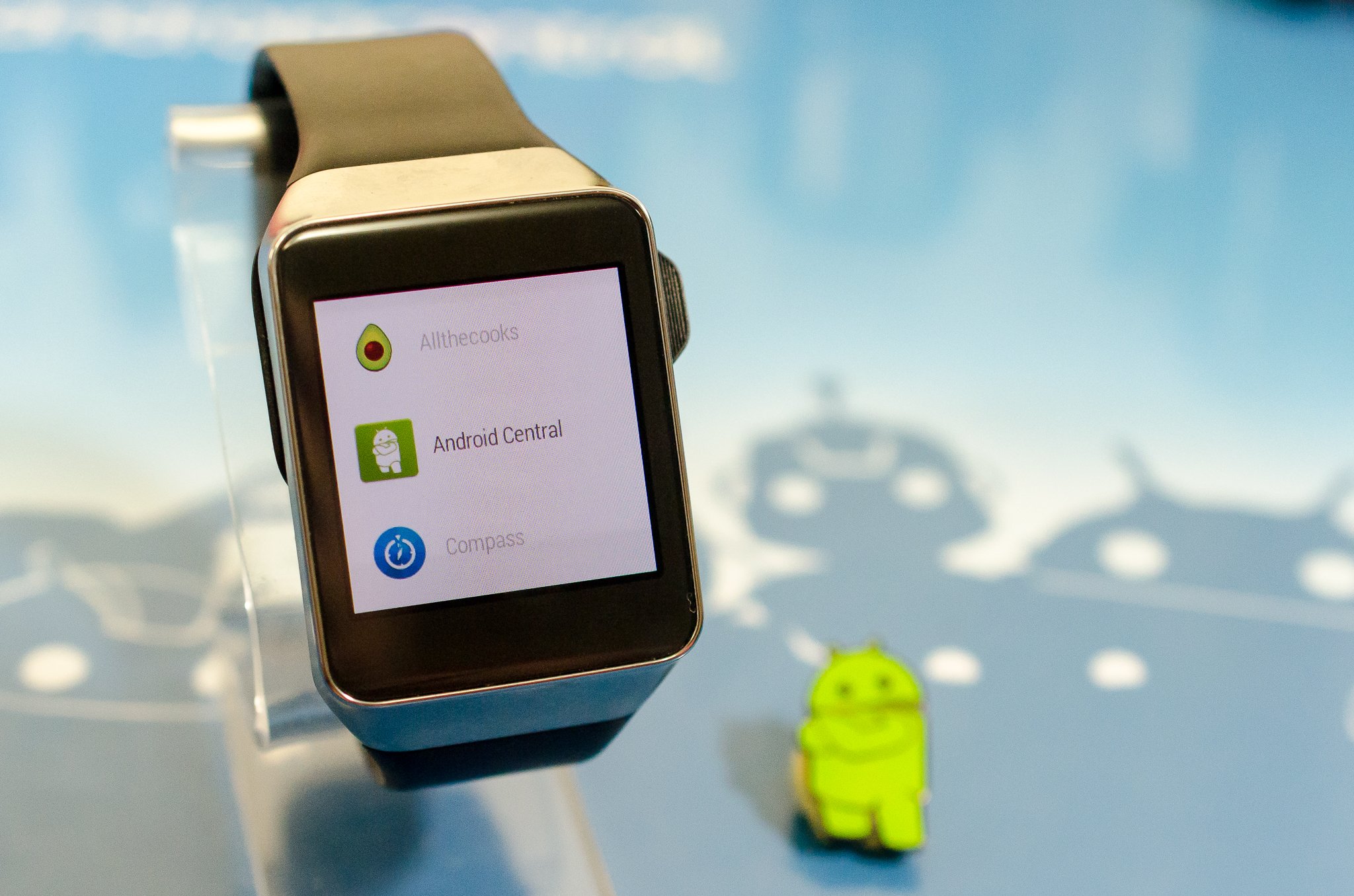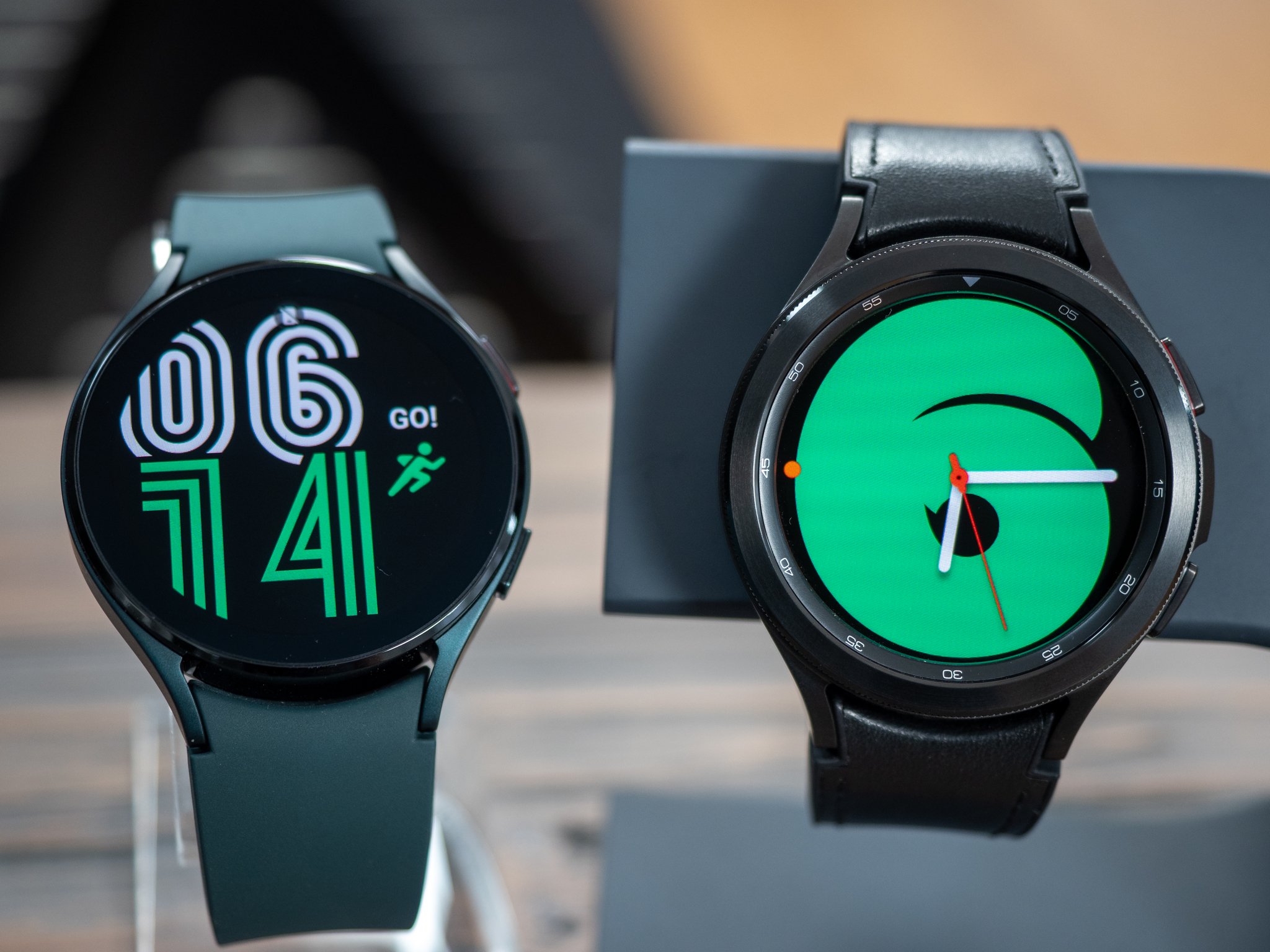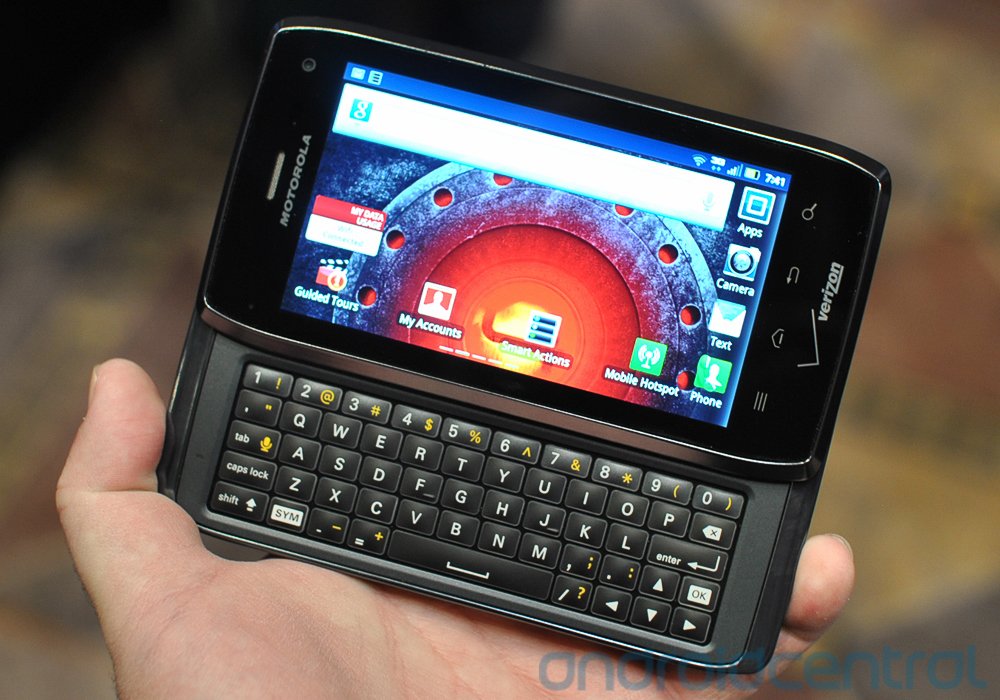Google giving manufacturers more control is what made Android so popular.
With over two billion users, Android is the most popular computer operating system in the world. There are more Android users than iPhone users and even more Android users than Windows users. It's amazing what Google was able to do with the platform in 10 years. But Google really isn't the reason why Android became so popular.
We all know how different Android can look and feel on different brands of phones or even different phones from the same brand. This is why there are more than 2 billion users. With Android, Google used this system to make manufacturers and phone carriers want to use it because everyone can make more money. Money is what matters here, and there is plenty of it to go around.
Wear OS 3 has arrived with the Galaxy Watch 4, and we see something very similar. It's an Android Wear OS-powered wearable with Bixby instead of Google Assistant (though Assistant may be coming), it ties into Samsung Health as well as Google Fit, and even needs the Samsung Galaxy Gear app to use it instead of the "normal" Wear OS app every Wear OS watch before it used. This is both great and terrible.
Like Android, this is the first ingredient making a mess of everything. Yes, Android used to be a horrible mess that deserved every bit of ridicule iOS fans and Apple tossed its way. Manufacturers were free to release phones using two-year-old versions. No company outside of Google was sending out security updates and regular bug fixes, and plenty of apps didn't work on plenty of phones. These issues have been mostly fixed, but all the articles you read about the great history of Android should be weighed against the ugly facts here.
Android's messy years were the result of a tactical decision by Google.
But this mess wasn't an accident. Google was willing to let Android go through these issues because sitting back and letting other companies do almost anything with the software meant more numbers. If a phone maker could fill the phone with apps licensed from other companies, there was a higher chance that money could be made. If a phone maker could fill a phone with apps for its own services, there was a higher chance that money could be made. If a phone maker could twist the way Android looked into something arguably better, money could be made. And if a phone maker could sell phones and never care about updating them, there was (unfortunately) money to be made.
Don't forget that carriers were involved, too. In fact, Verizon is a big reason for Android's success. Once upon a time, everyone wanted an iPhone, but in the U.S., that meant you had to use AT&T to have one. When Android came along, Google and Motorola worked with Verizon to make the original Motorola Droid, and it sold like wildfire. Verizon had a world-class smartphone to offer to its customers, and we didn't have to switch to AT&T once we traded in our BlackBerries. Without Verizon, Android might not have been a success, and Google knows it.
Enter Samsung, the giant in the room, and Wear OS 3. Wear OS is a dying platform. I know it has many fans who don't want to read those words, but it's true. Sales are shrinking instead of growing, most of the watches sold that use it aren't nearly as good as the competition, and app developers don't care about it. That's a real formula for obsolescence. Before the Galaxy Watch 4 series, Samsung didn't give a damn about Wear OS because its own Galaxy Watch platform was better in every way, and Samsung knew it.
Whatever concessions Google made to Samsung were probably worth it in the long run.
Nobody outside of Samsung and Google knows exactly what went down between the two companies to get Samsung on board the Wear OS train, but whatever Google had to concede was probably worth it. Samsung can now worry about building its Galaxy branding and ecosystem on Wear OS instead of building from the ground up. It's kind of like Toyota building a generic chassis and engine for Honda to use inside a car. Yes, I love car analogies. Fight me.
Samsung will use this opportunity to build the best Android smartwatch. The Galaxy Watch 4 series has only been out for about a week, and it's already easy to see that it's far better than anything else running Wear OS. Samsung will continue finding ways to make its own wearables better and unique because Google no longer forces companies to do everything the Google way.
Google knows it might be opening a Pandora's Box here. Samsung isn't a problem. Yes, a long time ago, Samsung made a mess of Android, but it has sorted everything and earned its position as one of the top phone makers in the world. It's not going to make the same mess of something a lot more simple you wear on your wrist as a companion to your phone. But Samsung isn't the only company that's going to make watches running Wear OS.
 The first Android watch was also from Samsung.
The first Android watch was also from Samsung.
Again, we need to look to Android phones. Time for another unpopular opinion: I don't think you should ever buy a Motorola phone. They're usually great phones at great prices, but what you see is what you get. Motorola promised and broke every promise about updating and fixing the mid-range phones it sells, but what you buy today might be what you have until you get sick of it and find a recycle bin. Motorola has made yet another promise with the Motorola Edge 2021 model. Let's hope it keeps this one.
There will be Wear OS 3 watches you shouldn't buy.
Which company that makes Android wearables will be the next Motorola? I don't think we'll reach the point where you can buy Wear OS watches for $75 at a convenience store (yes, you could find tablets at Flyin' J's for a while), but it is very attractive to a small company that thinks it can make some quick money. As an operating system, Wear OS is easy to use, easy to customize, and free. That's a big draw, and not only to companies you know like Fossil or Garmin.
Google is willing to let Wear OS become a bit of a mess, but I'm pretty sure the platform won't degrade into the Android of 2017, where everything sucked. But other companies will try to do it, which means more watches for more people at every price range. As the platform numbers grow, the entire Android ecosystem will benefit. We might, too.



Tidak ada komentar:
Posting Komentar